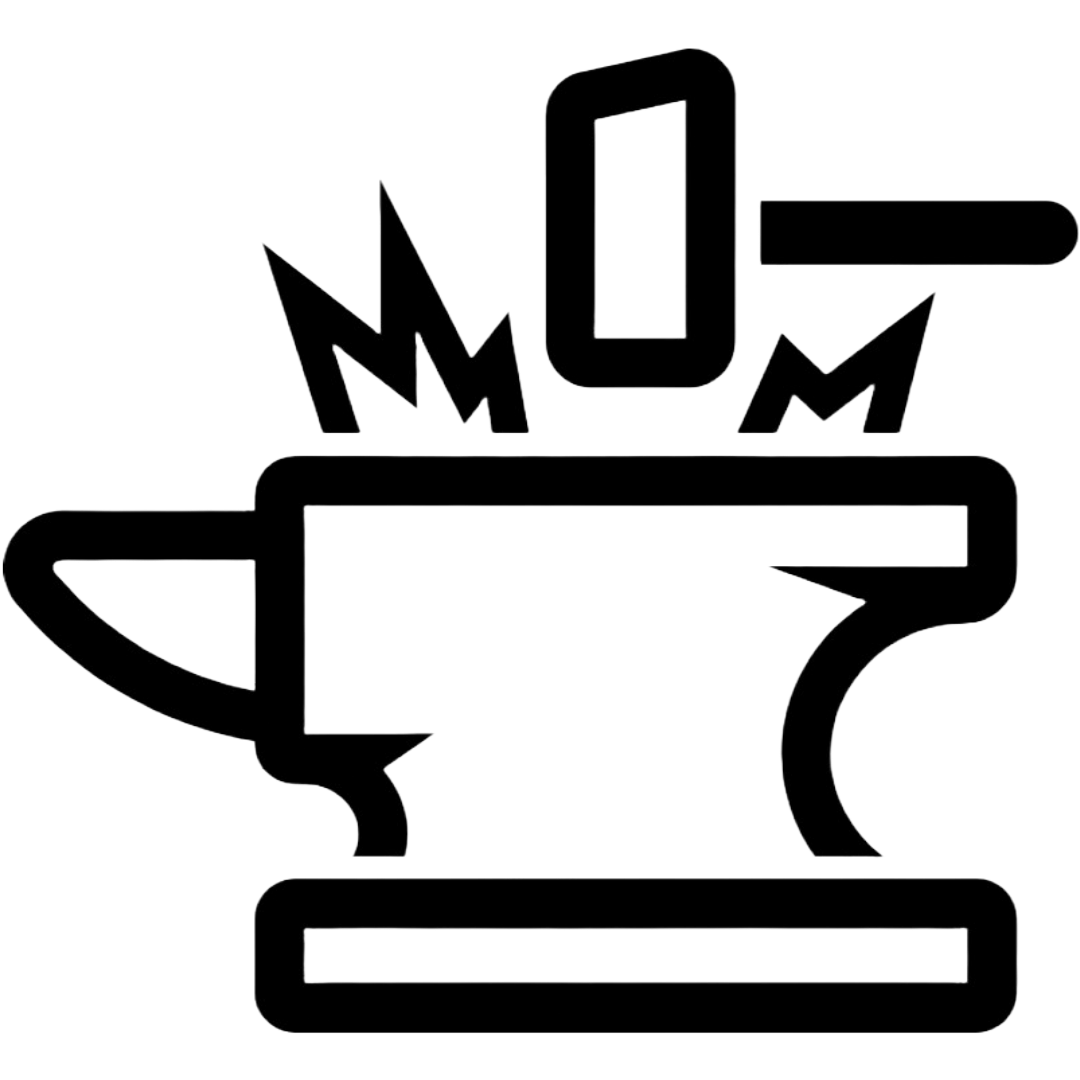Digital Footprint

A digital footprint refers to the trail of data left behind when using the internet. It includes websites you visit, emails you send, and even the devices you carry. A digital footprint can be used to forensically reconstruct a person’s online activities, device location, and personal interests. A footprint is left behind in either an active or passive manner.
An active digital footprint is where the user has deliberately taken action with a digital device – for example: posting or participating on social networking sites or online forums, sending emails or text messages, and visiting a website. If a user is logged into a website through a registered username, profile, or single sign-on such as Google or Facebook, any posts they make form part of their active digital footprint and will be available for someone to reconstruct their online habits.
A passive digital footprint is created when the user’s action generates information. For example, this occurs when websites collect information about how many times users visit, where they come from, their IP address, or their browser fingerprint.
In everyday life, people create and leave behind a digital trail in many ways. For example, posting on social media, subscribing to a newsletter, leaving an online review, or shopping online all contribute to a person’s digital footprint. Sometimes, it’s not apparent that you are contributing to your digital footprint. For example, websites can track your activity by installing cookies on your device, and apps can collate your data without knowing it.
A digital footprint is almost impossible to remove once it has been made. Active participation in controlling it is vital to protecting a user’s security and privacy. Using VPNs, Privacy Browsers, and browser separation is a great way to start protecting yourself from an invasion of your privacy. Every time you touch a digital device, it collects data about you, your habits, and your environment. Do not let the device control you. Control the ability of the device to perceive your environment and only learn what it needs. This is the best way to get in control of your digital signature.
